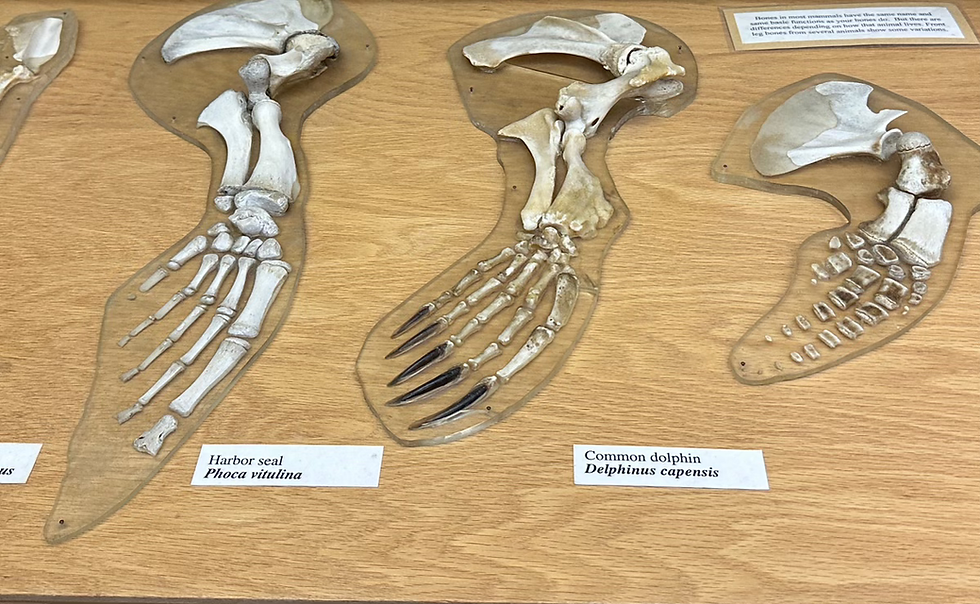Presenting My Research at the 2025 Evolution Meeting in Athens, Georgia
- Elise Baugh
- Aug 7
- 2 min read
Updated: Aug 27

Evolutionary Insights from Comparative Recombination landscapes in Felidae:
Last month I had the chance to present my research at the Evolution meeting in Athens, Georgia. My poster focused on recombination landscapes across the Felidae family, from domestic cats to tigers. Using whole-genome data and recurrent neural network models, I mapped recombination rates along chromosomes to see how they vary between species.
The Curious Case of Chromosome A3 in Cats:
One of the most surprising findings from this work was the consistent suppression of recombination on chromosome A3 across nearly every species we studied, from tigers and leopards to domestic cats and servals. This conservation spans tens of millions of years of evolution and suggests that A3’s unusual behavior could be tied to important functional or evolutionary constraints.
There was one major exception: the lion. Unlike all the other species, lions did not show this same suppression pattern. That difference raises some fascinating questions about what might be unique in lion genome architecture, evolutionary history, or selective pressures that could explain the break in this otherwise conserved feature. As expected, phylogenetically close species such as Sumatran and Malayan tigers shared many similar peaks and valleys in recombination, while more distantly related species showed greater divergences.
📌 Research Highlight: One of the most surprising results was a highly conserved suppression of recombination on chromosome A3 across nearly every species, from tigers and leopards to domestic cats. The only exception was the lion, which completely lacked this pattern. This unexpected break in conservation raises intriguing questions about what makes the lion genome different and what role A3 plays in feline evolution.
Still, the A3 pattern, and the lion’s departure from it, stood out as the most intriguing result to me.
It was exciting to discuss these results with other researchers and to think about how patterns of recombination can shape genetic diversity, influence adaptation, and inform conservation strategies. Presenting this work gave me the chance to connect with scientists studying a wide range of evolutionary questions and to gather ideas for future directions in this project.





Comments